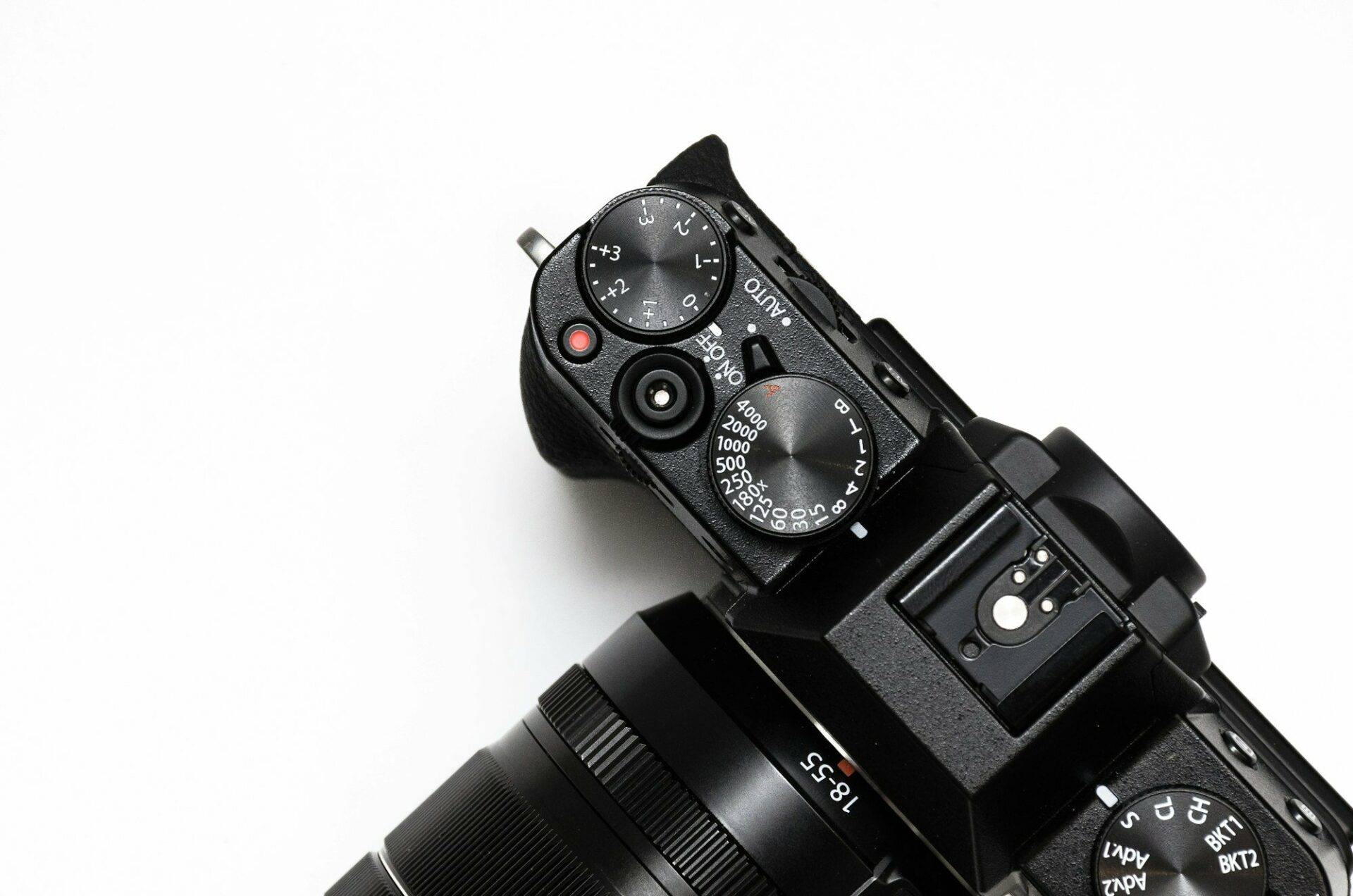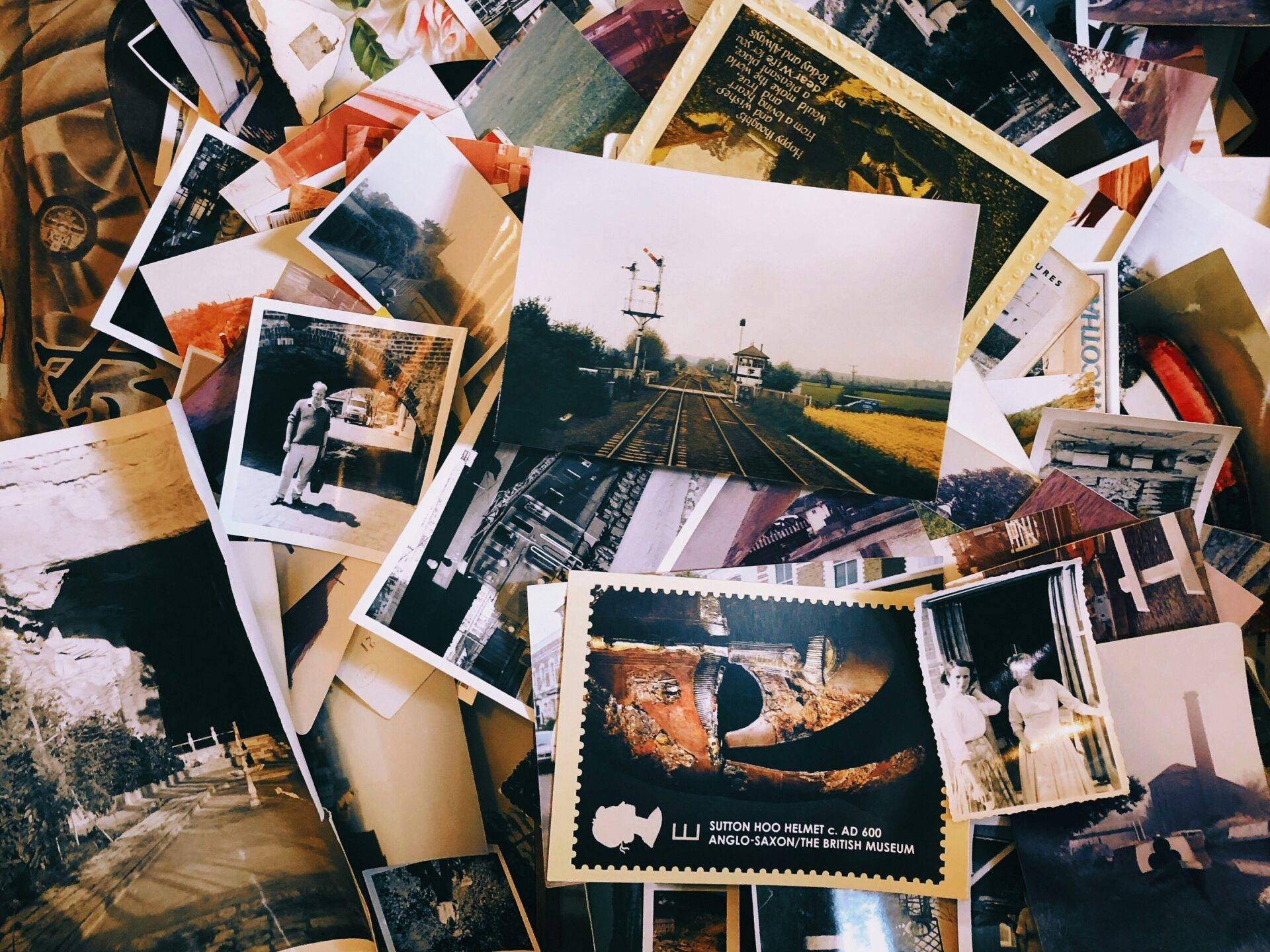White balance is a fundamental aspect of photography and videography that often gets overlooked. In this comprehensive guide, we will explore the concept of white balance, its importance, and practical techniques for achieving accurate colors in your images and videos.
Definition of White Balance
White balance refers to the adjustment of colors in an image or video to accurately portray how white objects should look under the prevailing lighting conditions. It ensures that whites appear white, rather than having unwanted color casts.
Importance of White Balance in Photography and Videography
White balance plays a vital role in capturing true-to-life colors and maintaining the integrity of a scene. It has a direct impact on the overall mood and atmosphere of an image or video, influencing how viewers perceive the content.
By setting the correct white balance, you can enhance the visual appeal of your photos and videos, making them more engaging and aesthetically pleasing. Whether you are a beginner or an experienced professional, mastering white balance can elevate the quality of your work.
Understanding the science behind white balance and the various settings available is crucial for achieving accurate and captivating visuals. Let's explore this fascinating aspect of photography and videography together.
Understanding White Balance and How to Use It
In photography and videography, white balance is a crucial aspect that determines the accuracy of colors in your images and videos. Mastering white balance allows you to capture scenes with natural color reproduction, avoiding unwanted color casts. Let's delve into the science behind white balance to understand its significance and how it impacts the final outcome of your visual content.
Explanation of Color Temperature
Color temperature is a fundamental concept in white balance that refers to the color characteristics of light sources. Measured in Kelvin (K), color temperature defines whether light appears warm (red/yellow) or cool (blue). Understanding the Kelvin scale helps you adjust white balance settings to match the color temperature of the light hitting your subject.
Common color temperatures include 3200K for warm indoor lighting and 5600K for natural daylight. By setting the white balance according to the color temperature of the light source, you can achieve natural-looking colors in your images and videos.
How the Human Eye Perceives Color
Our eyes have a remarkable ability to adapt to various lighting conditions, allowing us to perceive colors accurately across different environments. However, cameras rely on white balance settings to interpret and reproduce colors faithfully. Understanding how the human eye perceives color helps you appreciate the importance of setting the right white balance for realistic color rendition in your visual content.
Camera Sensors and White Balance
Camera sensors play a crucial role in capturing light and translating it into digital information. White balance adjustments help the camera sensor interpret light accurately, ensuring that colors appear natural and true to life in your photographs and videos. By calibrating the white balance settings based on the ambient light conditions, you can achieve consistency and accuracy in color reproduction across your visual projects.
Types of White Balance Settings
In photography and videography, mastering white balance settings is essential to ensure accurate and natural-looking colors in your images and footage. There are several types of white balance settings that you can utilize to achieve the perfect color temperature for different lighting conditions.
Auto White Balance (AWB)
Auto White Balance, often abbreviated as AWB, is a default setting on many cameras that automatically adjusts the color temperature based on the lighting conditions. While AWB can be convenient for quick shots in changing environments, it may not always produce the most accurate color reproduction.
Preset White Balance Modes
Most cameras come with preset white balance modes tailored to specific lighting scenarios. These include:
- Daylight: Ideal for shooting outdoors under natural sunlight.
- Cloudy: Adjusts for overcast or cloudy conditions, providing warmer tones.
- Shade: Designed for shooting in shaded areas to balance cool light.
- Tungsten: Corrects the cool, blue tones often present in indoor lighting.
- Fluorescent: Counters the greenish hue emitted by fluorescent lights.
- Flash: Optimized for using camera flash, providing a balanced color output.
Custom White Balance
Custom white balance allows you to manually set the color temperature according to a reference point in the scene. This method ensures precise color accuracy under specific lighting conditions, making it ideal for studio shoots or environments with consistent lighting.
Manual White Balance Adjustment
For ultimate control over color temperature, manual white balance adjustment lets you fine-tune the settings based on your preference or creative vision. By adjusting the white balance manually, you can achieve unique color effects or correct challenging lighting situations that preset modes may struggle to address.
Experiment with these white balance settings to enhance the visual impact of your photographs and videos by accurately capturing the natural colors of your subjects in varying lighting conditions.
How to Set White Balance
When it comes to capturing the perfect image or video, setting the white balance on your camera is crucial. White balance ensures that the colors in your photos and videos appear true to life, without any unwanted color casts. Let's delve into the various techniques you can use to set the white balance accurately.
Using Auto White Balance
Auto White Balance (AWB) is a convenient setting that allows your camera to automatically adjust the white balance based on the lighting conditions. While AWB can be handy in certain situations, it may not always provide the most accurate results, especially in mixed lighting scenarios.
Selecting Preset White Balance Modes
Most digital cameras offer preset white balance modes that cater to different lighting conditions. These modes include options like daylight, cloudy, shade, tungsten, fluorescent, and flash. Choosing the appropriate preset mode can help in achieving more accurate color reproduction in your photos and videos.
Setting Custom White Balance
For precise white balance adjustments, you can opt for setting a custom white balance. This involves using a grey card or a white surface to calibrate the colors accurately. Alternatively, you can also utilize a color temperature meter for more advanced custom white balance settings.
Tip: Custom white balance ensures that the colors in your images are consistent and true to life.
Manual Adjustment Techniques
When dealing with challenging lighting situations or when seeking creative control over the colors in your shots, manual white balance adjustment is indispensable. This technique allows you to fine-tune the white balance settings according to your preferences, leading to more visually appealing results.
Experimenting with manual adjustment techniques such as tweaking the color temperature and tint can help you achieve the desired look in your photos and videos.
Mastering the art of setting white balance is fundamental in creating captivating visuals that resonate with your audience. Whether you opt for auto white balance, preset modes, custom settings, or manual adjustments, understanding the nuances of white balance is essential for producing high-quality imagery.
When and Why to Adjust White Balance
Adjusting white balance is a crucial aspect of photography and videography that directly impacts the overall look and feel of your images and videos. By understanding when and why to adjust white balance, you can ensure that your visuals accurately represent the scene and convey the desired mood or atmosphere.
Changing Light Conditions
One of the main reasons to adjust white balance is to account for changing light conditions. Different light sources, such as natural sunlight, fluorescent bulbs, or tungsten lighting, emit light at varying color temperatures. By adjusting the white balance settings on your camera, you can neutralize any color casts caused by these different light sources and achieve true-to-life colors in your photos or videos.
Mixed Lighting Situations
In situations where you have multiple light sources with different color temperatures, such as a room lit by both natural light from a window and artificial indoor lighting, adjusting the white balance becomes essential. Failure to correct for mixed lighting can result in color inconsistencies and unflattering casts on your subjects. By fine-tuning the white balance, you can harmonize the colors in your composition and create a visually pleasing result.
Achieving Creative Effects
Aside from correcting color casts, adjusting white balance can also be used creatively to enhance the mood or style of your images. By deliberately choosing warmer or cooler white balance settings, you can add emotional depth and visual interest to your photos. Additionally, using color gels and filters in combination with white balance adjustments allows you to experiment with unique color effects, making your visuals stand out and evoke specific emotions in the viewer.
Understanding when and why to adjust white balance empowers you to take full control over the color rendition in your photography and videography. By mastering this fundamental aspect of visual storytelling, you can elevate the impact and quality of your work.
Tools for Adjusting White Balance
When it comes to adjusting white balance in photography and videography, having the right tools at your disposal can make a significant difference in the quality of your final images or videos. Let's explore some essential tools that can help you achieve accurate and well-balanced colors in your visual creations.
White Balance Cards
White balance cards, also known as grey cards or neutral cards, are handy tools for setting accurate white balance in your images. These cards are calibrated to reflect a neutral tone, allowing your camera to understand what true white looks like under the current lighting conditions. By using a white balance card to create a custom white balance setting, you ensure that the colors in your images appear as they should, without any unwanted color casts.
Color Checkers
Color checkers are more advanced tools that not only help in setting white balance but also aid in achieving precise color accuracy. These tools typically consist of a series of colored patches, each representing a different hue or tone. By including a color checker in your setup and using it to calibrate your white balance, you can ensure that your images display accurate and consistent colors across various lighting conditions.
Software Tools (Adobe Lightroom, Photoshop, Capture One)
Aside from physical tools like white balance cards and color checkers, software tools play a crucial role in fine-tuning white balance during the post-processing stage. Programs like Adobe Lightroom, Photoshop, and Capture One offer robust features for adjusting white balance with precision. Whether you need to make subtle tweaks to color temperature or correct larger color casts, these software tools provide the flexibility and control you need to achieve the desired results.
Adobe Lightroom, for example, allows you to easily adjust white balance using intuitive sliders that let you fine-tune the temperature and tint of your images. Photoshop offers even more advanced controls for white balance correction, giving you the ability to target specific colors for adjustment. Similarly, Capture One provides powerful tools for setting white balance accurately, catering to the needs of professional photographers and videographers.
By leveraging these software tools in combination with physical aids like white balance cards and color checkers, you can elevate the quality of your work by ensuring that colors appear natural and true to life. Whether you're shooting in controlled studio environments or challenging outdoor conditions, having the right tools for adjusting white balance empowers you to create visually stunning content with confidence.
Practical Tips and Best Practices
When it comes to photography, mastering the art of capturing the perfect shot involves more than just understanding your camera settings. It requires attention to detail and adherence to best practices that can elevate the quality of your photos. In this section, we will delve into some practical tips that can help you improve your photography skills and achieve consistent results.
Consistency Across Shots
One of the key elements of professional photography is maintaining consistency across all your shots. This means ensuring that your photos have a cohesive look and feel, whether you are shooting a series of images for a project or capturing various scenes during a photo shoot. Consistency can be achieved through attention to details such as composition, lighting, and color balance.
Shooting in RAW for Flexibility
Photographing in RAW format offers greater flexibility in post-processing compared to shooting in JPEG. RAW files contain all the data captured by the camera sensor, allowing you to make extensive adjustments without sacrificing image quality. By shooting in RAW, you have more control over white balance, exposure, and other settings during the editing process, enabling you to refine your images to perfection.
Checking White Balance on Location
White balance plays a crucial role in determining the overall look and feel of your photos. Before you start shooting, it is essential to check the white balance settings on your camera and adjust them according to the lighting conditions at the location. By calibrating the white balance correctly, you can ensure that colors appear natural and true to life in your images.
Post-Processing Adjustments
Post-processing is an integral part of digital photography that allows you to fine-tune your images and bring out their full potential. Whether you are correcting exposure issues, enhancing colors, or applying creative effects, knowing how to effectively use editing software can significantly impact the final outcome of your photos. Experiment with different editing techniques to discover your unique style and make your images stand out.
Common Mistakes and How to Avoid Them
When it comes to managing white balance in your photography or videography work, there are several common mistakes that many beginners tend to make. Understanding these mistakes and learning how to avoid them can significantly improve the quality of your visuals. Let's delve into some of the most prevalent errors:
Relying Too Much on Auto White Balance
Auto White Balance (AWB) can be a useful feature on your camera, helping to quickly adjust the color balance based on the lighting conditions. However, relying solely on this setting can lead to inconsistent results, especially in mixed lighting situations or when shooting under unusual light sources.
To avoid this mistake, consider using more advanced white balance settings, such as preset modes or manual adjustment, to achieve more accurate color representation in your images and videos.
Ignoring Mixed Lighting
One of the most common mistakes in white balance management is ignoring mixed lighting scenarios. Mixed lighting occurs when different light sources with varying color temperatures illuminate your scene, resulting in an unbalanced color cast in your final output.
To combat this issue, pay attention to the sources of light in your environment and adjust your white balance settings accordingly. You can also use additional lighting equipment or light modifiers to create more uniform lighting conditions.
Overcorrecting White Balance
While it's essential to achieve accurate color balance in your visuals, overcorrecting white balance can lead to unnatural-looking images or videos. Pushing the white balance too far in the opposite direction can result in overly warm or cool tones that detract from the overall visual appeal of your work.
To prevent overcorrection, practice subtle adjustments to your white balance settings and monitor the changes in real-time. Additionally, consider shooting in RAW format to have more flexibility in post-processing and fine-tuning the color balance without compromising image quality.
By being mindful of these common mistakes and implementing the suggested solutions, you can enhance the visual impact of your photography and videography projects. Remember, white balance is a crucial aspect of creating captivating visuals, so mastering its management is key to producing professional-looking content.
Case Studies and Examples
Now that you have delved into the intricacies of white balance and understood its significance in photography and videography, it's time to explore practical examples and case studies to deepen your understanding. Let's dive into example photos captured with different white balance settings and analyze how white balance plays a crucial role in various lighting scenarios.
Example Photos with Different White Balance Settings
Imagine a serene landscape bathed in the warm glow of the setting sun. Now, envision capturing that same scene with different white balance settings to see how it impacts the overall mood and aesthetics of the image. By experimenting with settings such as daylight, cloudy, and tungsten, you can observe firsthand how each setting alters the colors and tones in your photographs.
Furthermore, consider a portrait session where the indoor lighting varies from natural light to artificial fluorescent lighting. By adjusting the white balance settings accordingly, you can ensure that skin tones appear natural and true to life, enhancing the quality of your portraits.
- Daylight Setting: Produces a cooler tone, ideal for outdoor shots under clear skies.
- Shade Setting: Adds warmth to images taken in shaded areas, balancing the cool tones.
- Fluorescent Setting: Counteracts the greenish hue often cast by fluorescent lighting, resulting in more accurate colors.
Analysis of White Balance in Various Lighting Scenarios
Lighting conditions play a significant role in determining the appropriate white balance for your photographs. In scenarios where mixed lighting is present, such as a room lit by both natural light and artificial lamps, adjusting the white balance becomes crucial to maintaining color accuracy.
Moreover, white balance settings can be used creatively to evoke specific emotions or enhance the narrative of an image. For instance, opting for warmer tones can convey a sense of coziness or nostalgia, while cooler tones can lend a modern and crisp feel to your photos.
By analyzing white balance in different lighting situations, you can develop a keen eye for recognizing when adjustments are needed to achieve the desired visual impact. Whether you are shooting a vibrant street scene or a delicate macro shot, understanding white balance empowers you to capture moments with precision and artistry.
Continue your journey of mastering white balance by exploring its practical applications and experimenting with diverse settings to elevate the quality of your photography.
Conclusion
Congratulations on completing your journey to understanding white balance and how to use it effectively in your photography and videography endeavors. Let's recap the key points you have learned and explore some final tips to help you master the art of white balance.
Summary of Key Points
You now know that white balance is crucial for capturing accurate colors in your images and videos. By adjusting the color temperature settings, you can ensure that whites appear white and colors are represented faithfully in different lighting conditions.
You have explored the science behind white balance, including the Kelvin scale, how the human eye perceives color, and the role of camera sensors in achieving proper white balance. You have also learned about various white balance settings, from auto white balance to manual adjustment techniques.
Understanding when and why to adjust white balance, the tools available for fine-tuning color accuracy, and best practices for achieving consistent results have equipped you with the knowledge needed to elevate your photography and videography skills.
Final Tips for Mastering White Balance
As you continue to refine your white balance skills, consider the following tips:
1. Experiment with different white balance settings to understand their impact on your images.2. Use white balance cards or color checkers for precise color calibration.3. Practice setting custom white balance using grey cards or color temperature meters for accurate results.4. Remember to check and adjust white balance on location to avoid color casting or inaccuracies.5. Explore post-processing tools like Adobe Lightroom or Photoshop for fine-tuning white balance during editing.
By incorporating these final tips into your workflow and staying curious about color science, you will enhance the visual impact of your photographs and videos. Keep experimenting, learning, and refining your white balance techniques to unleash your creative potential.
Remember, mastering white balance is an ongoing process that requires patience and practice. Stay inspired, keep learning, and enjoy the journey of capturing the world through the lens of perfect color balance.





